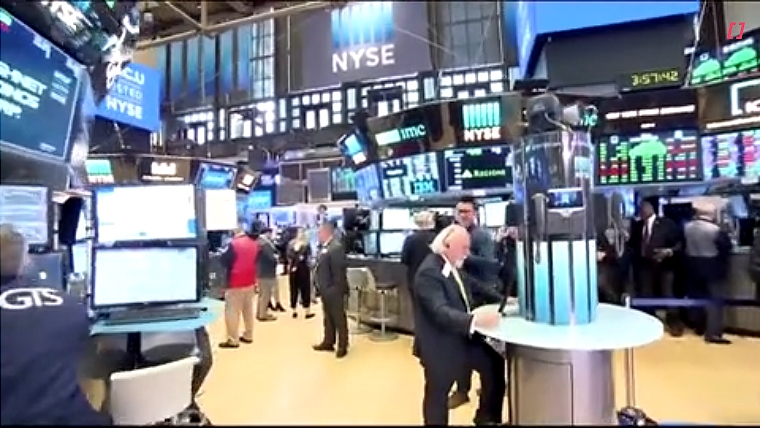
Newsflow has remained light, generating modest movements in asset prices. US equities are down modestly while US Treasury yields have pushed higher, with a stronger Philly Fed survey and hawkish Fed-speak not helping. The USD is broadly stronger, reversing the previously day’s loss, with the NZD nudging down to 0.59.
It's looking like a quiet end to the week with not much newsflow to drive markets. US Treasury rates have been zig-zagging through the week and are higher overnight, reversing some of the fall of the previous session. The media highlight stronger US data and hawkish Fed speak as driving factors, but the reality is that the market just looks to be consolidating near recent highs. US 2- and 10-year Treasury yields are up 5bps for the day, the former finding support just under the 5% mark and the latter currently at 4.64%.
US economic data released were second-tier, with the stronger than expected Philly Fed survey getting the most attention. The headline index jumped to a two-year high of 15.5 in April, with strength in new orders and shipments, while prices paid rose to a four-month high of 23.0 from 3.7. Other data releases were broadly in line with expectations. Initial jobless claims were steady at 212k last week, still suggesting no uplift in trend compared to other leading indicators of job layoffs. Existing homes sales tanked 4.3% m/m in March, following the 9.5% spike in February.
FOMC members are mostly on the same page, watching the same data as the market, showing ongoing US economic resilience and sticky inflation. Getting the market’s attention was NY Fed President Williams not ruling out the chance of another rate hike this cycle. He said “monetary policy is in a good place…we’ve got interest rates in a place that is moving us gradually to our goals, so I definitely don’t feel urgency to cut interest rates”. When asked a question about the central bank resuming rate hikes he said it isn’t his base case but added “if the data are telling us that we would need higher interest rates to achieve our goals, then we would obviously want to do that.” Atlanta Fed President Bostic, a known hawk who is in the one-rate-cut-camp this year, said that he doesn’t think it will be appropriate to lower borrowing costs until toward the end of the year.
US equities continue to struggle this week following the strong run through to March. While the S&P500 is currently down only 0.3%, a close here would make it the fifth consecutive daily fall.
The USD is broadly stronger, reversing the previous day’s loss. Yesterday, a meeting between US Treasury Secretary Yellen, and the Finance Ministers of Japan and Korea resulted in a joint statement where they will “continue to consult closely on foreign exchange developments… while acknowledging serious concerns of Japan and the Republic of Korea about the recent sharp depreciation of the Japanese yen and the Korean won”. The statement was widely seen as the US not standing in the way of any official currency intervention by Japan or Korea.
The release of the statement drove only temporary strength in the yen and higher US Treasury yields have subsequently taken over as a driving force. From a dip sub-154 yesterday afternoon, USD/JPY is back up to 154.60. The NZD is down modestly from this time yesterday, trading briefly just under 0.59 this morning but finding some support at that level over the past hour or so.
The AUD has pushed down to 0.6420, with NZD/AUD continuing to hover just under 0.92. Yesterday, Australia’s employment report was mixed but overall showed a slightly tighter labour market than expected, with the unemployment rate rising by just 1-tick to 3.8% to March.
Global forces sent NZ rates lower yesterday, with swap yields down 5-6bps. NZGB yields showed a similar move, falling 5-7bps across the curve. At the weekly tender there was strong demand for 2030 and 2032 bonds, with more tepid demand for the ultra-long 2051s. The Australian 10-year bond future is up 4bps in yield terms since the NZ close, setting the scene for slightly higher NZ rates on the open today.
The economic calendar remains quiet in the day ahead with only Japan CPI and UK retail sales data of note.

We welcome your comments below. If you are not already registered, please register to comment
Remember we welcome robust, respectful and insightful debate. We don't welcome abusive or defamatory comments and will de-register those repeatedly making such comments. Our current comment policy is here.